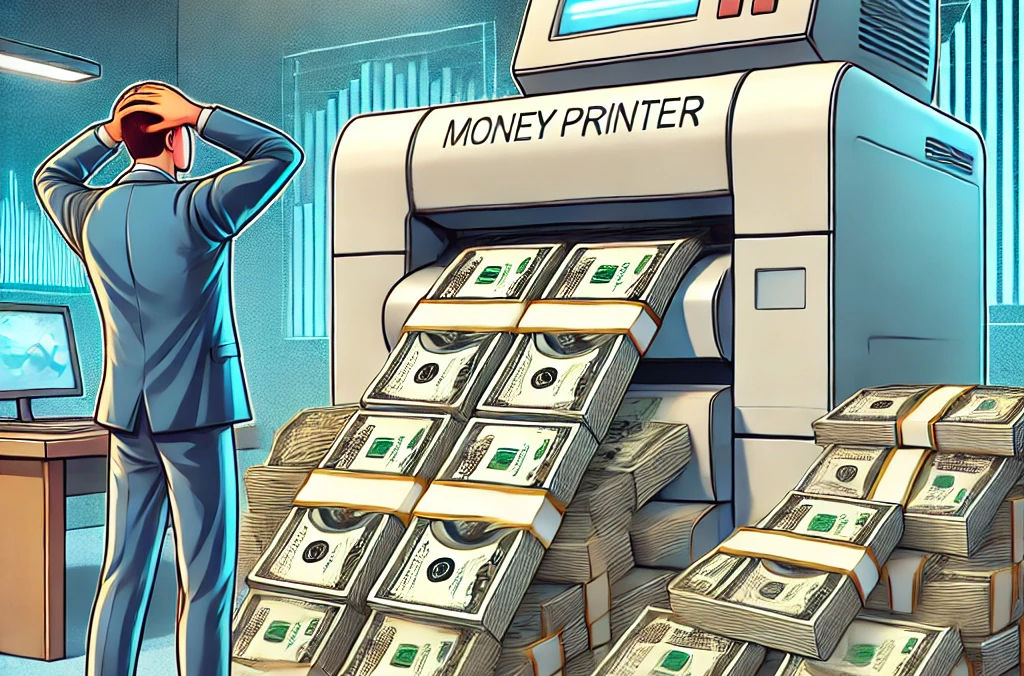Solana is publicizing a major upgrade to its network, which will affect validator economics. Still, this upgrade raises concerns, especially about network fees.
Specifically, holders are concerned the upgrade will make Solana more inflationary, creating pressure on its price.
On Wednesday, February 12, upgrade SIMD-96 went live on Solana, introducing a new system of staking rewards. The new system will give validators all transaction fees, improving their incentives. The upgrade also focuses on liquid staking.
The upgrade enables every validator to create their own Liquid Staking Token (LST). This system allows SOL holders to stake their tokens and earn rewards.
The LST tokens enable users to keep liquidity from their tokens. Solana founder Anatoly Yakovenko suggested that the new system is a great opportunity for validators in liquid staking.
Despite these changes, some users have raised concerns over the potential effects of the upgrade. Most notably, users are concerned that SOL will become more inflationary.
Will Solana Become More Inflationary?
Previously, validators received 50% of all fees for transactions on the network. The other 50% went toward token burns, reducing SOL’s supply. Token burns had a deflationary effect, helping boost Solana’s price.
Critically, Solana will lose a key deflationary mechanism without 50% of the fees burning. Staking rewards creates continued inflation for the network.
For instance, one critic pointed out that Solana can expect as much as $1 million in daily inflation. If the new proposal is implemented, this will put pressure on the price, negatively affecting holders.
SOL holders previously raised this issue with the SIMD-96 proposal. Besides making SOL more inflationary, one user pointed out another potential problem.
For example, validators would be incentivised to collude and create a high volume of fake and bot transactions.
These transactions would force users to opt for priority fees, which would give the validators more revenue. While users have concerns, Solana is already looking at potential solutions to this problem.
Notably, Multcioin Capital, an early investor in Solana, proposed implementing a dynamic inflation model, which would likely cut the inflation rate significantly.
READ MORE: Solana ETF Race Heats Up With Franklin Templeton Filing












